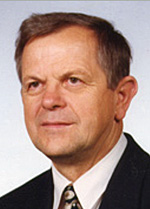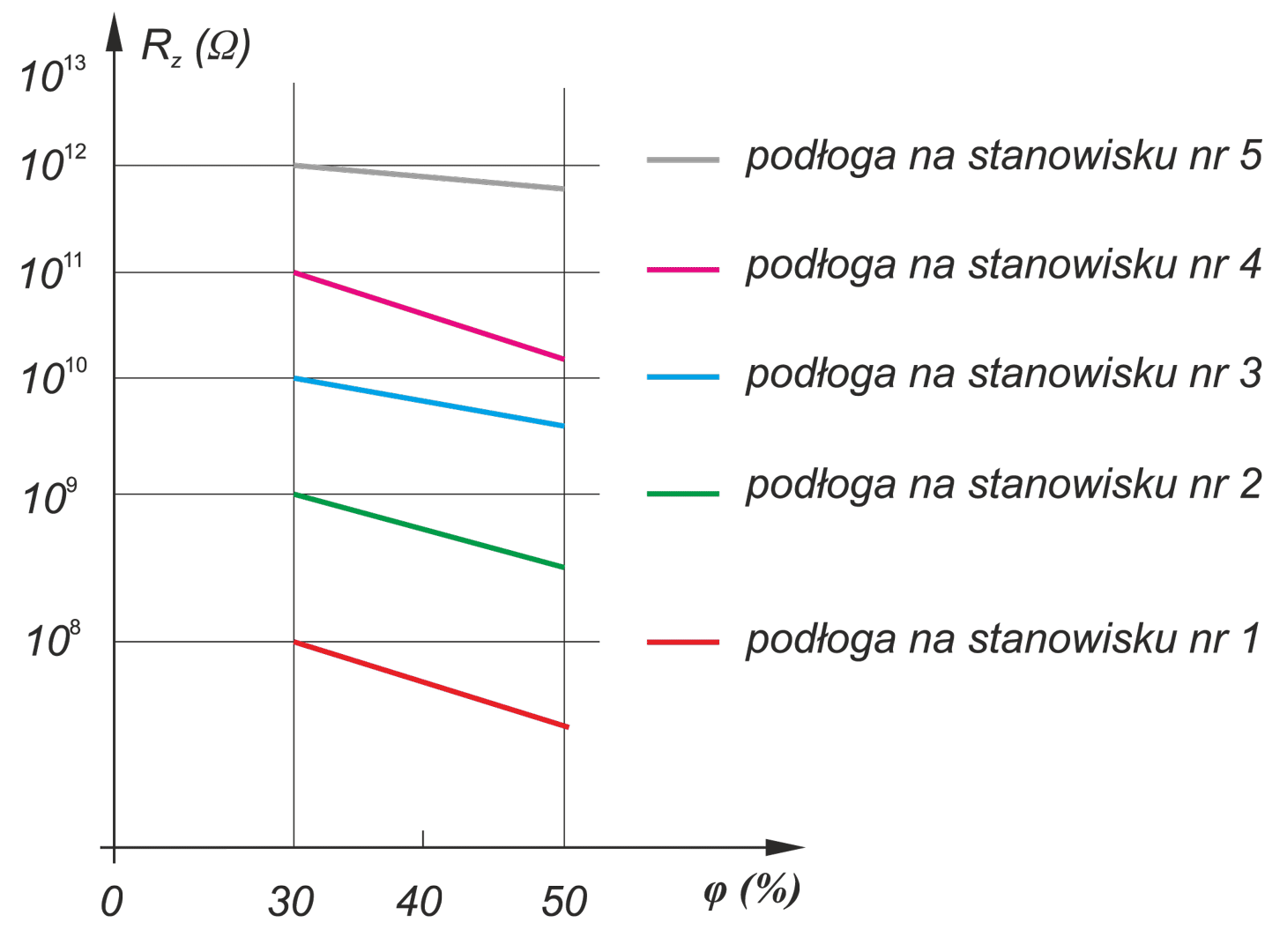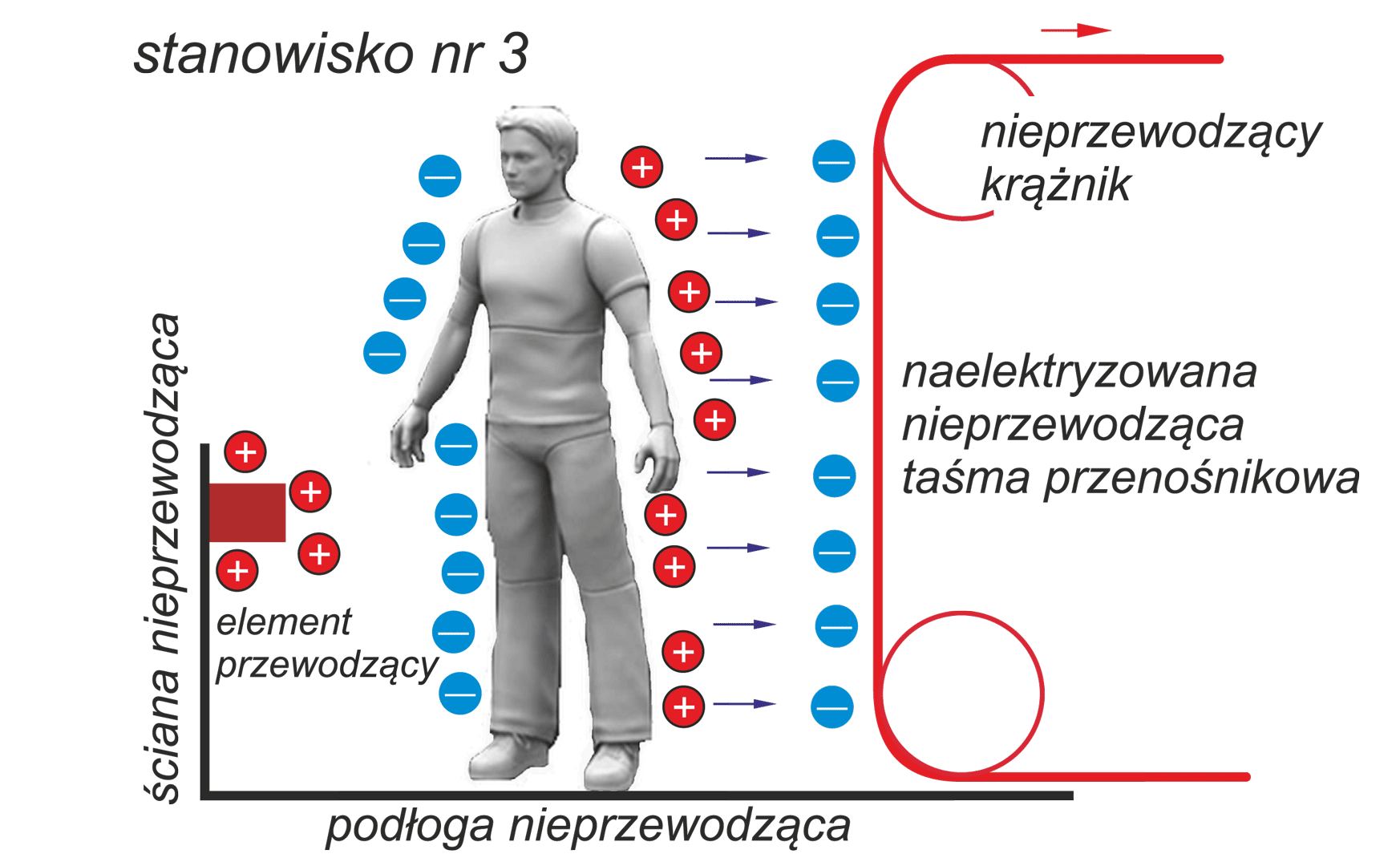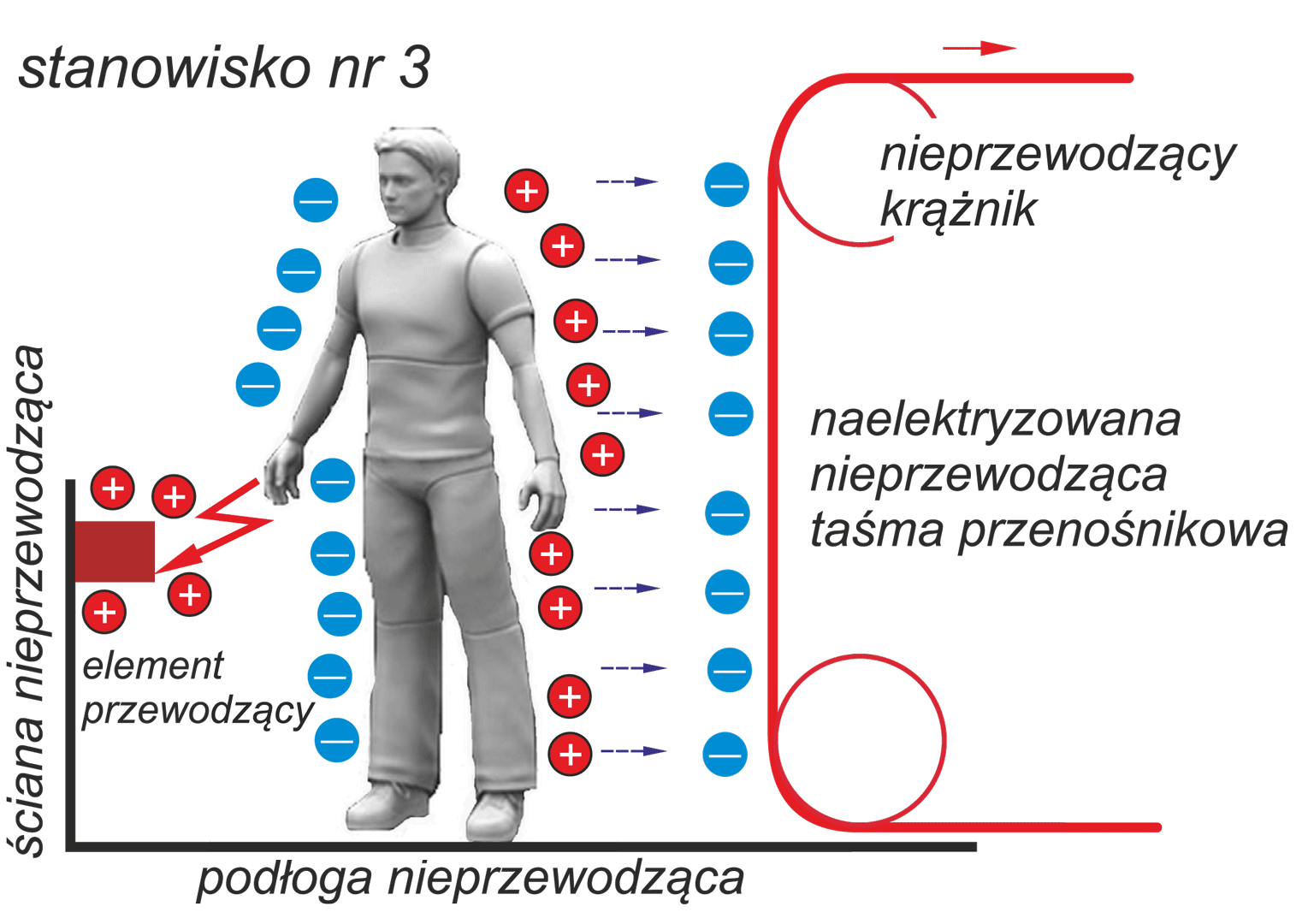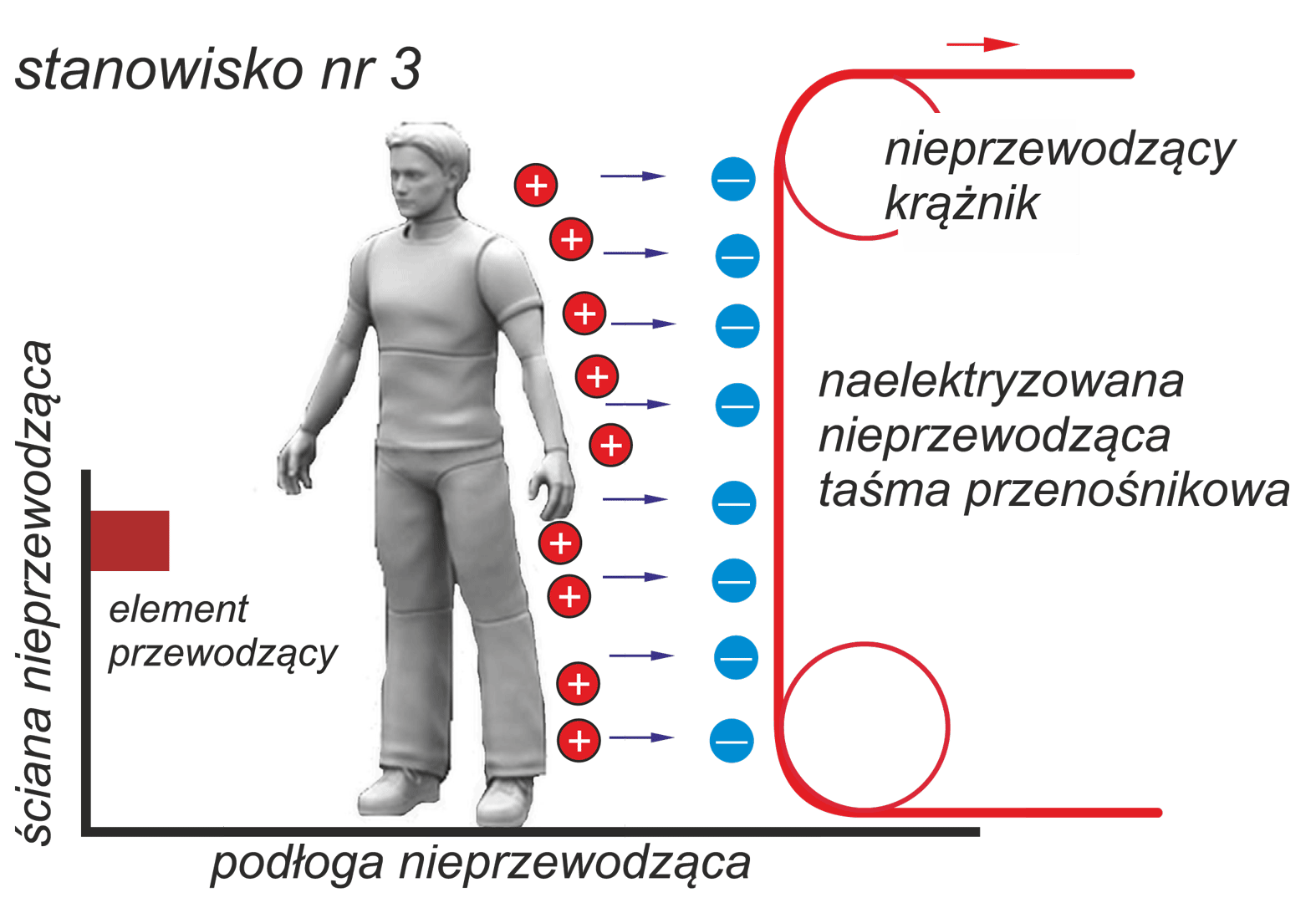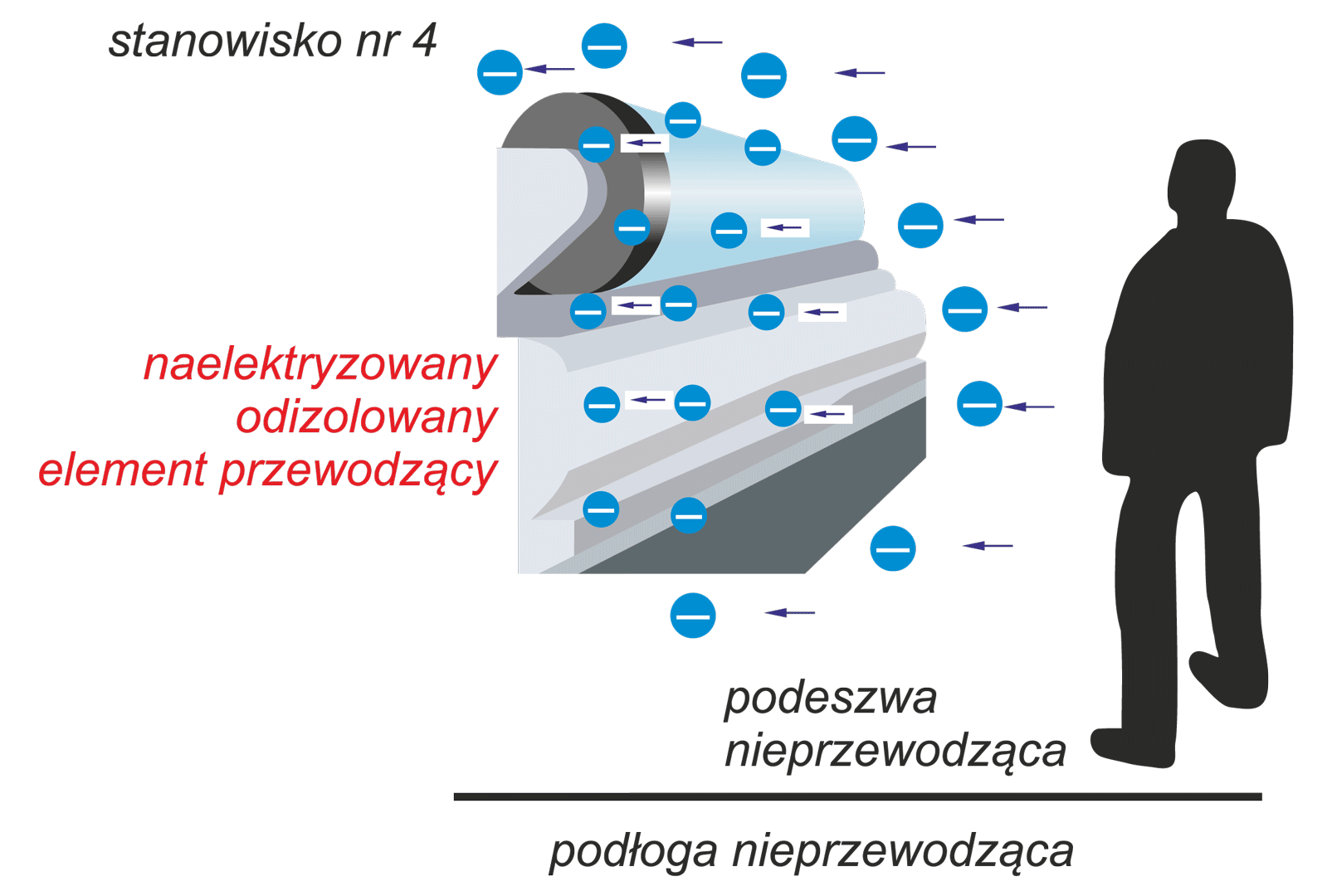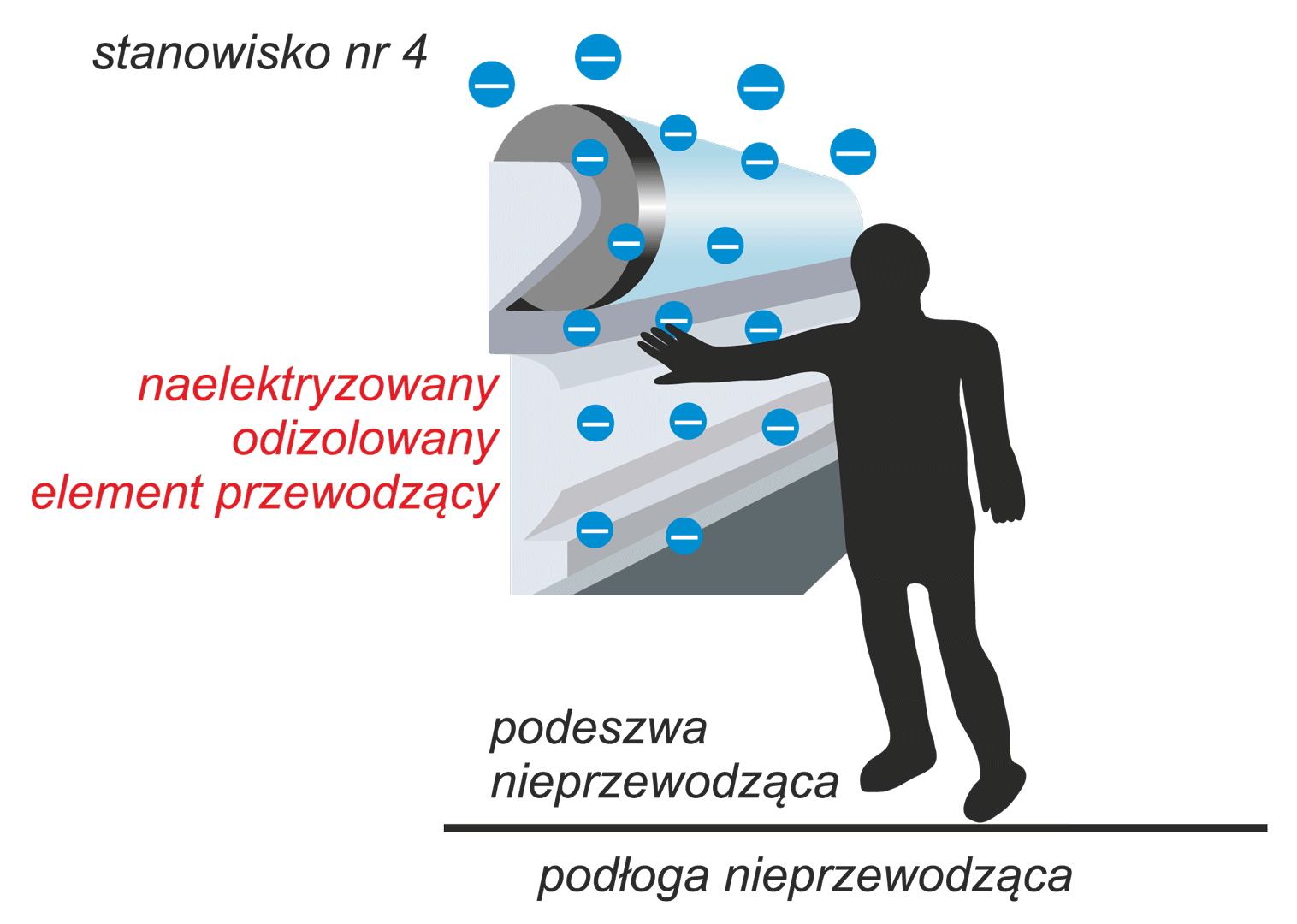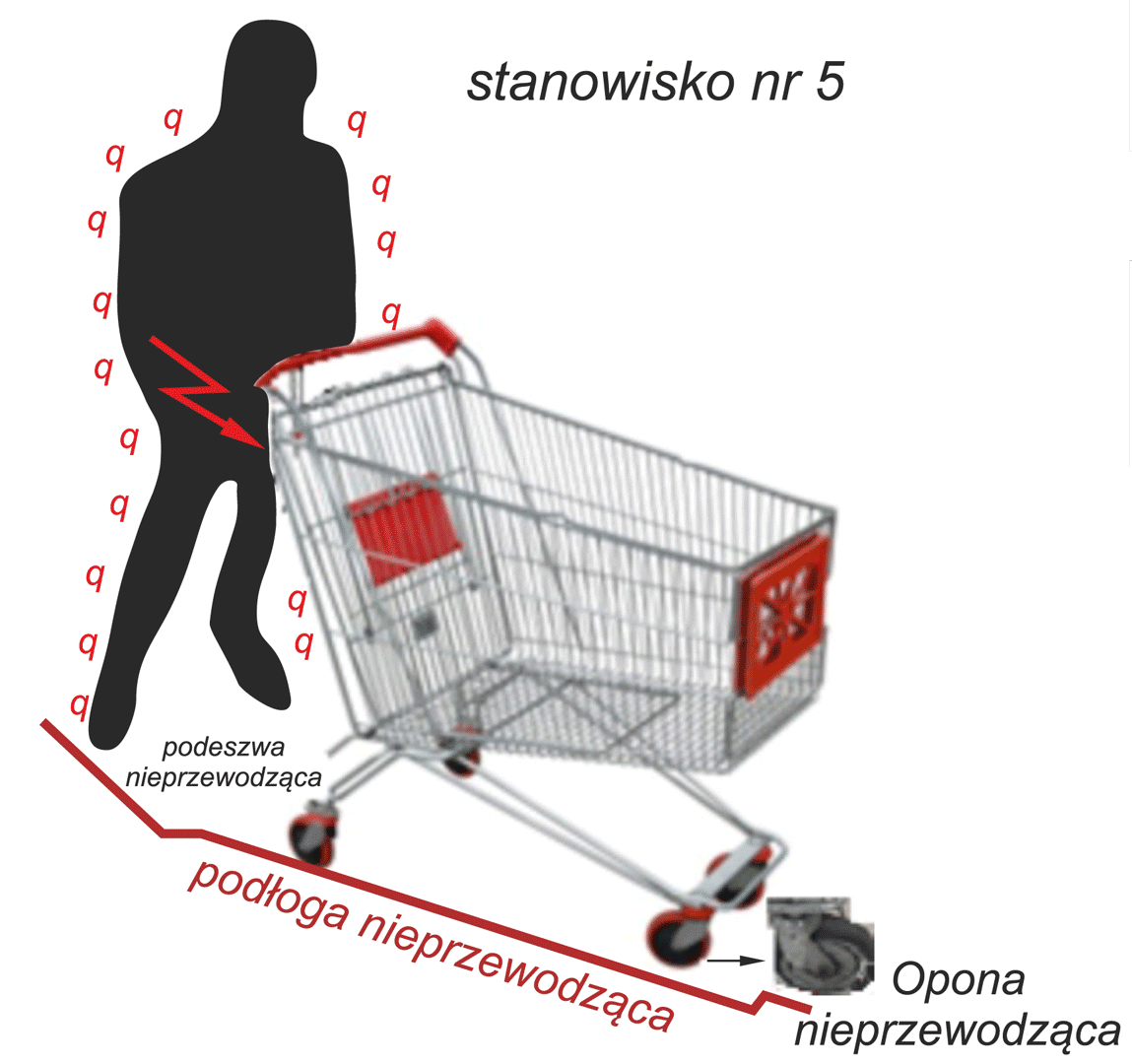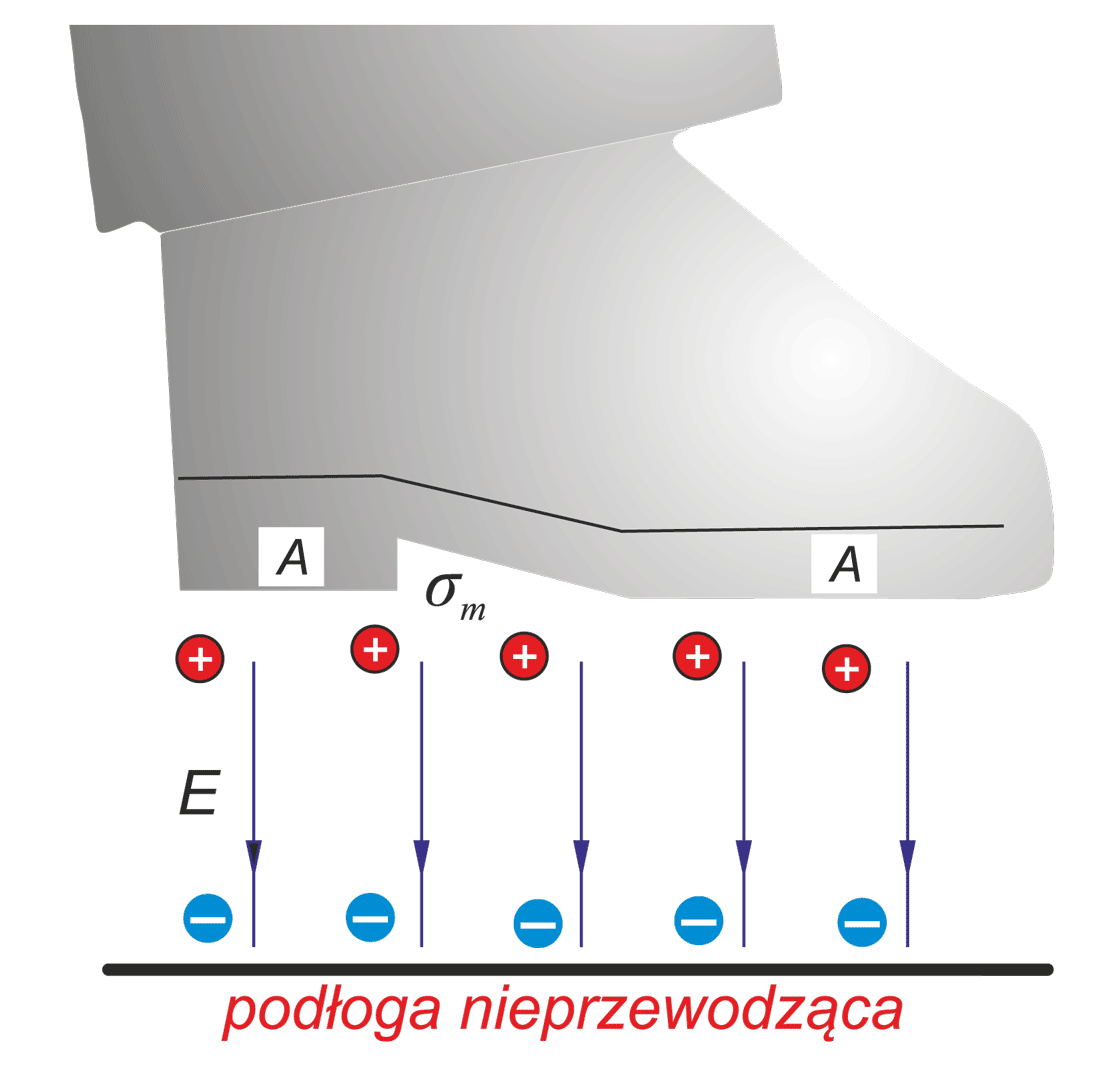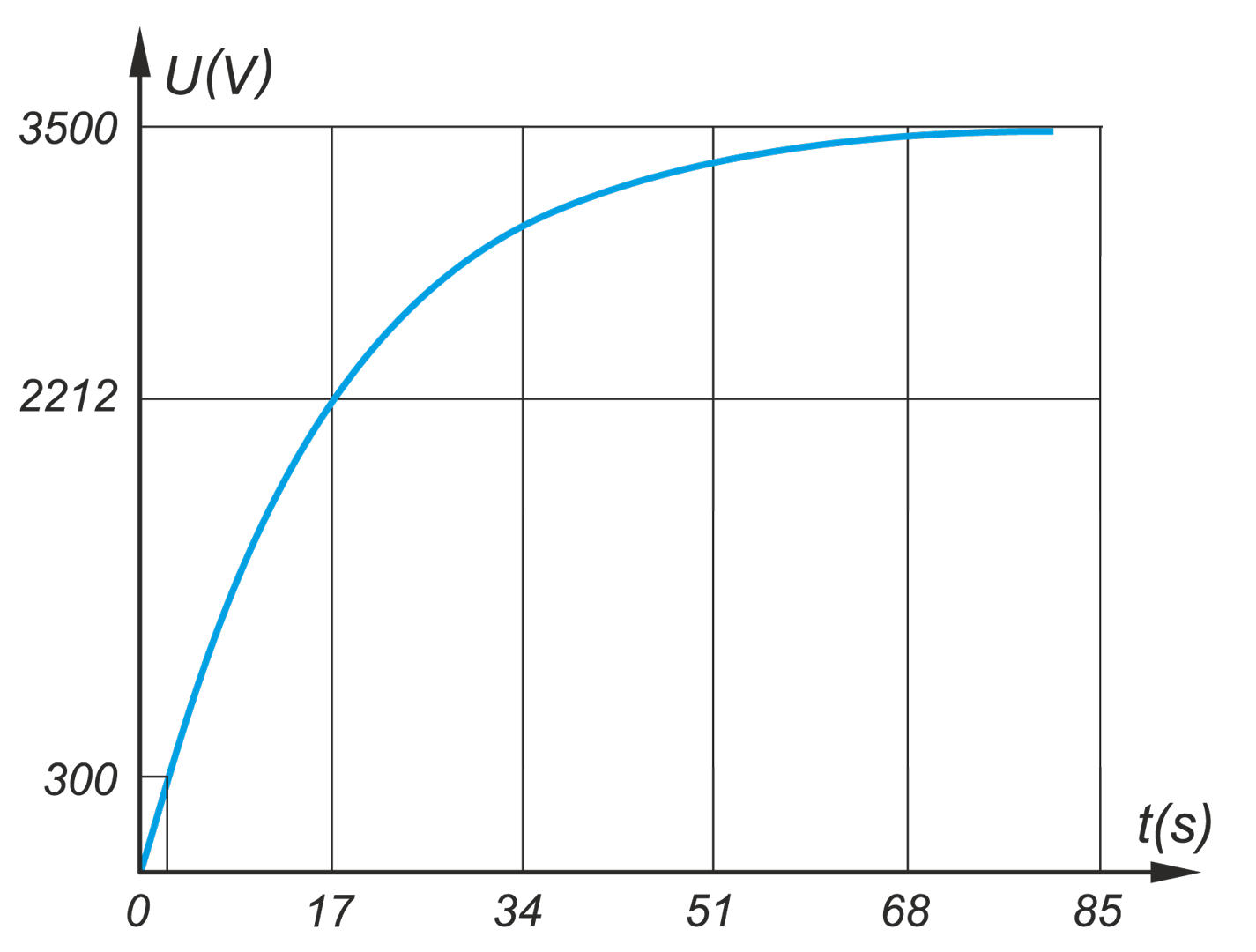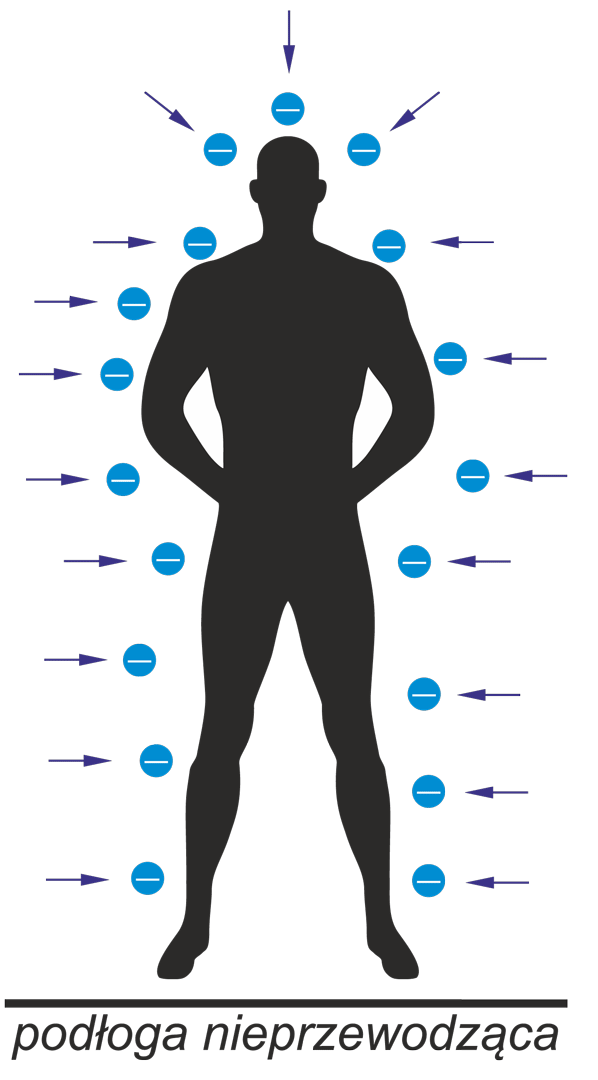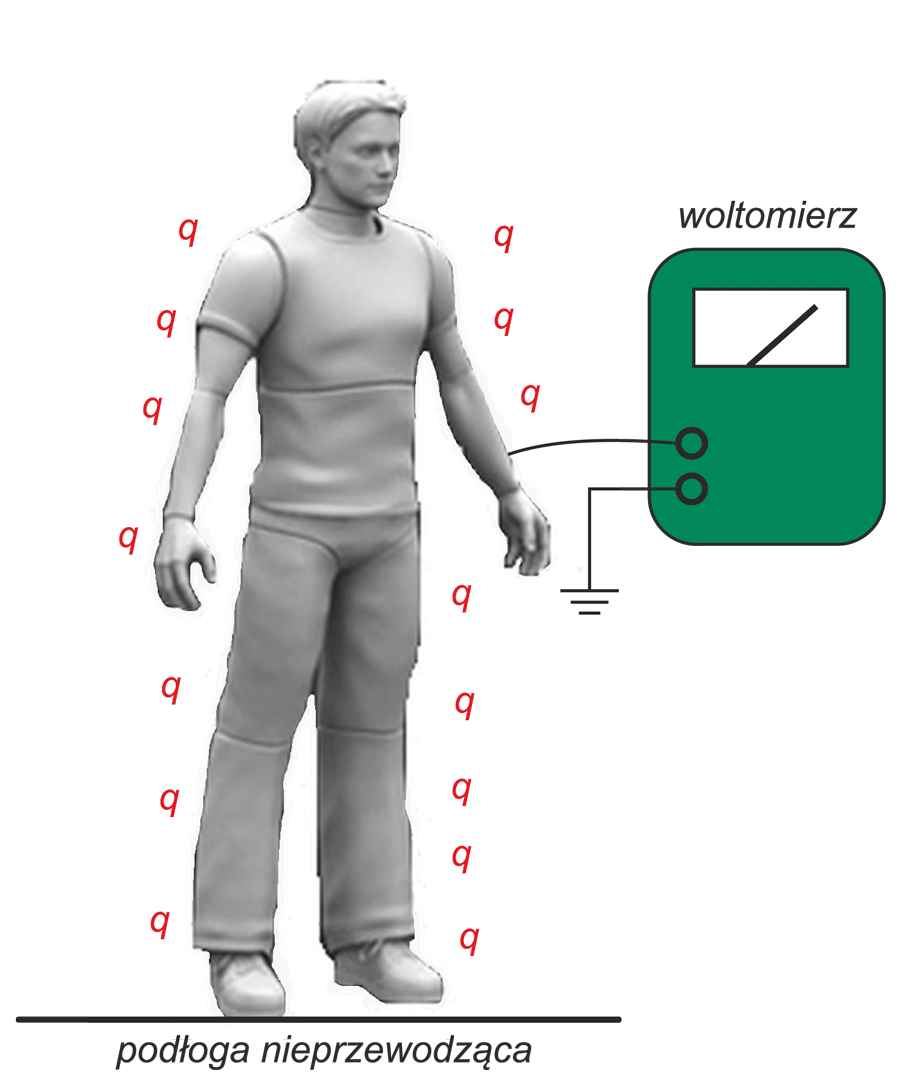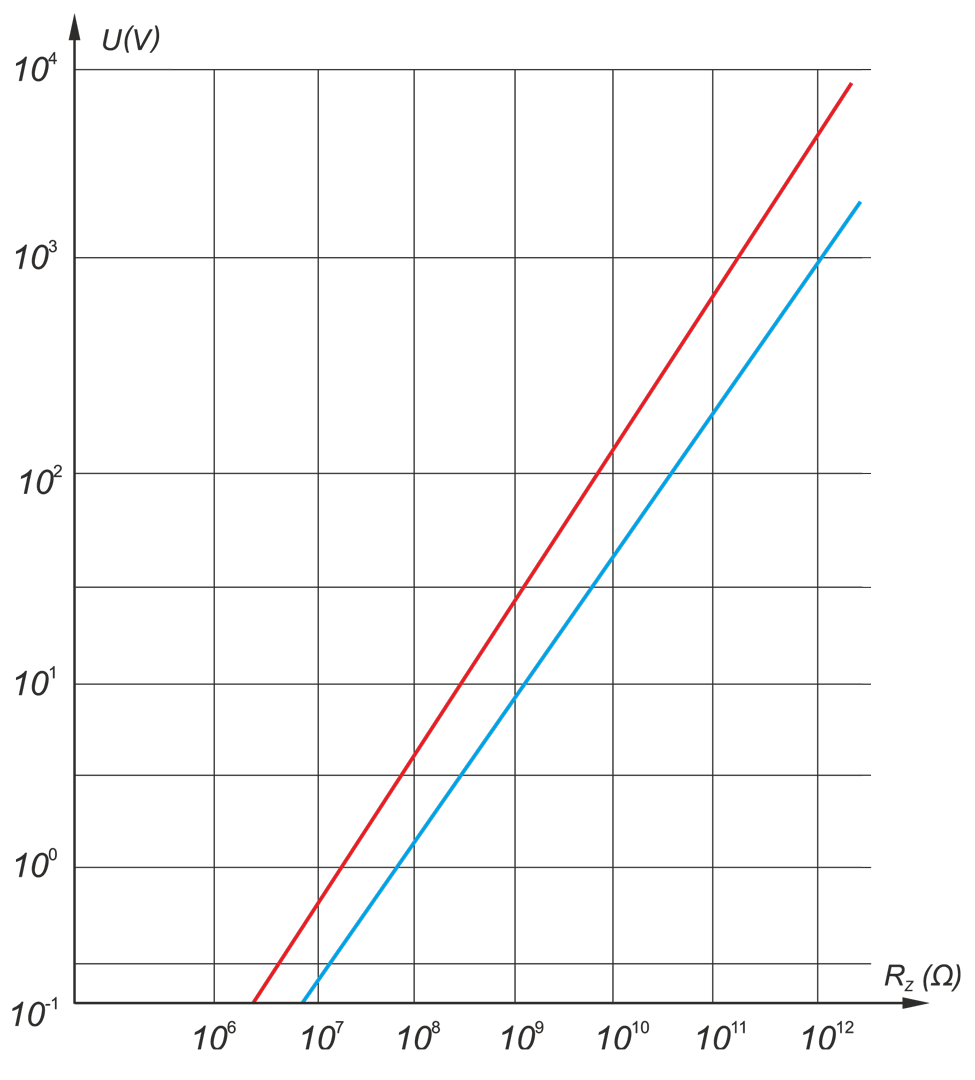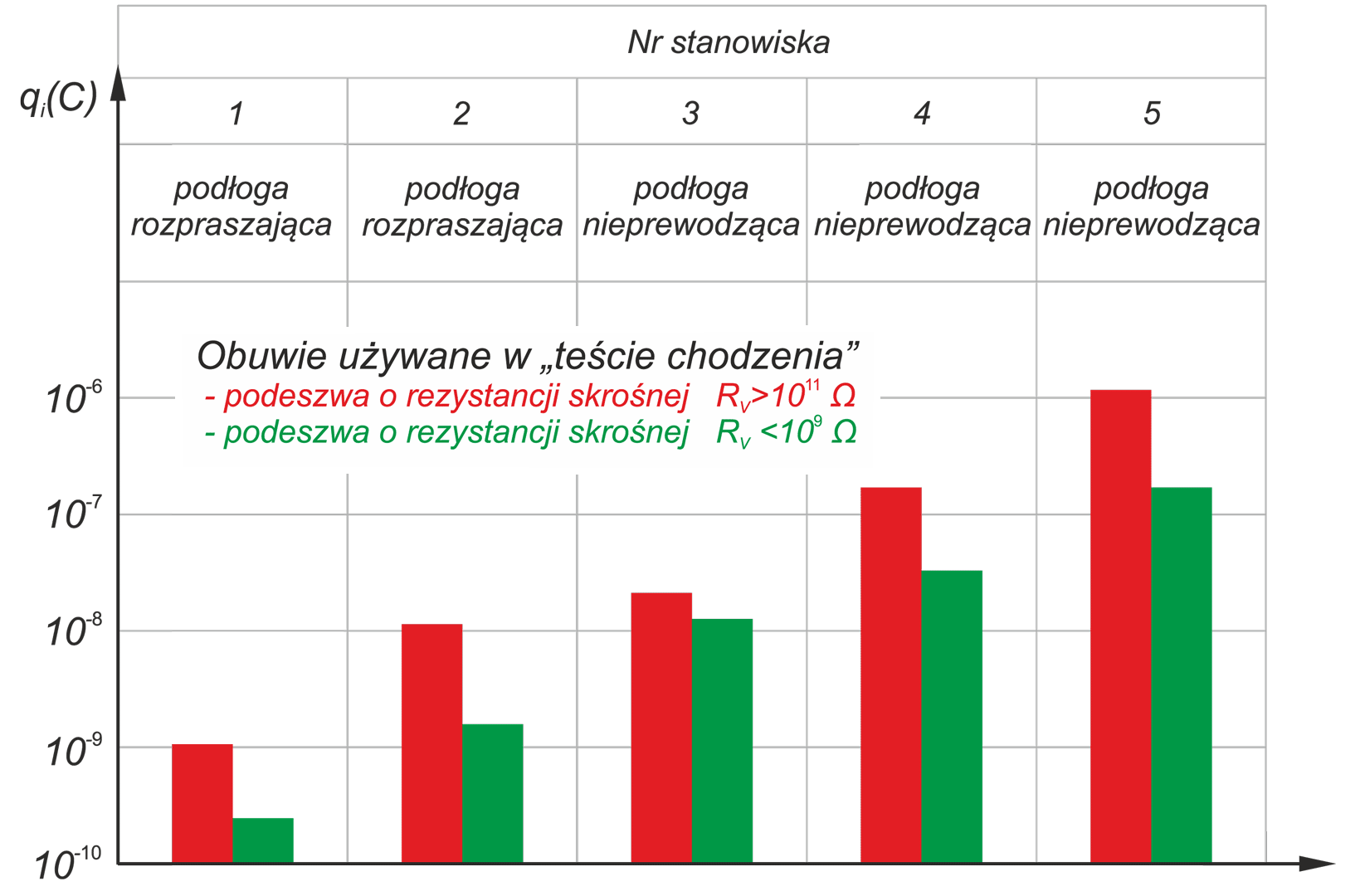E-pismo dla elektryków i elektroników
AUTOMATYKA, ELEKTRYKA, ZAKŁÓCENIA
Vol. 6, Nr 4 (22) 2015
Podatność ciała człowieka na elektryzowanie Część 2. Elektryzacja ciała człowieka
Susceptibility of a Human Body to Electrization. Part 2. Electrostatic Charging of a Human Body
dr inż. Bronisław M. WIERCHUŁA
Abstract
Electrostatic charging is the phenomenon of electrostatic charge induction closely related to the structure of a material.
The mechanism of the charges may vary, but always involves the sepatation of the negative and positive charges occurring in the material.
This applies both to the free or connected charges. Charge separation depends on their physical isolation and transfer onto material.
Streszczenie
Elektryzacja jest to zjawisko gromadzenia ładunków pochodzenia elektrostatycznego ściśle związane z budową materiału. Mechanizm powstawania ładunków może być różny, lecz zawsze polega na rozdzieleniu występujących w materiale ładunków elektrycznych – zarówno swobodnych, jak i związanych – ujemnych i dodatnich. Rozdzielanie ładunków może odbywać się poprzez ich fizyczne wyodrębnienie i przeniesienie na materiał lub poprzez oddalenie od siebie ładunków różnoimiennych, lub też poprzez ich uporządkowanie w taki sposób, aby miały cechy materiału naelektryzowanego.
Keywords
electrization, charge, electrostatic field
Słowa kluczowe
elektryzacja, ładunek, pole elektrostatyczne
Rys. / Fig.
Bibliografia / Bilbiography
[1] V. Babrauskas: Ignition Handbook, USA 2003.
[2] T. Ficker: Electrification of human body by walking, Journal of Electrostatics, 2006, vol. 64, iss. 1, January, pp. 10–16.
[3] D. William Greason: Quasi-static analysis of electrostatic discharge (ESD) and the human body using a capacitance model, Journal
of Electrostatics, 1995, vol. 35, iss. 4, September, pp. 349–371.
[4] Graham Hearn: Controlling Static Electricity in Modern Buildings, Wolfson Electrostatics 2006.
[5] Yoshihisa Kagawa, Yoshinori Taka, Osamu Fujiwara: Characteristic measurement of spark transients due to finger touch, Journal
of Electrostatics, 2010, vol. 68, iss. 1, February, pp. 1–4.
[6] B. Wiechuła: Charging of Materials Non-Metallic Used in Underground Mines Endangered by Firedamp and/or Coal Dust, Open Journal
of Inorganic Non-metallic Materials, 2013, vol. 3, no. 3, pp. 43–51.
[7] lEC 60079-32-1/TS/A1/Ed1: 2014 Explosive atmospheres – Part 32-1: Electrostatic hazards, guidance.
[8] PN-EN ISO 20344:2012 (wersja polska) Środki ochrony indywidualnej – Metody badania obuwia.
[9] PN-EN 61340-4-1:2006 Elektryczność statyczna – Część 4-1: Znormalizowane metody badań do określonych zastosowań – Rezystancja
elektryczna wykładzin podłogowych i gotowych podłóg.





















